Expansion of the balcony
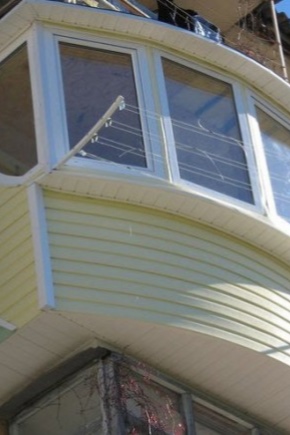
Expanding the balcony is a legal and fairly simple way to increase the area of an apartment. Of course, it will not increase by 5-10 square meters, but enough to stop storing old skis and moth-eaten sweaters on the balcony, and think about a study, a playground or a home greenhouse.
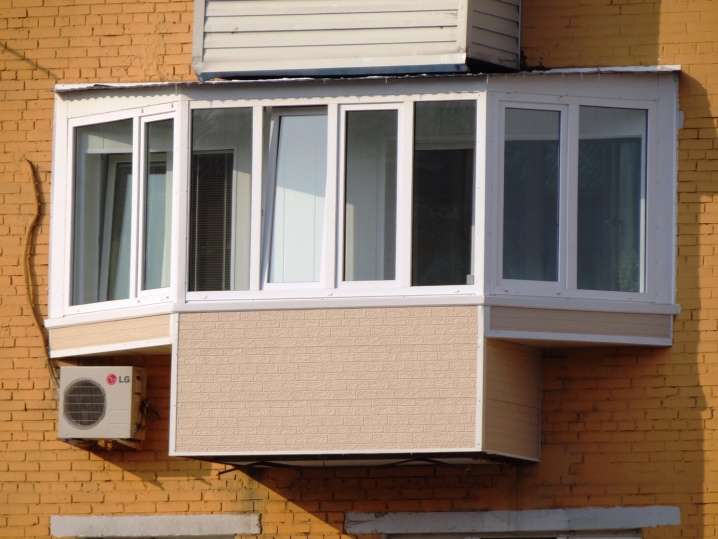
The ways
The choice of a way to increase the space on the balcony depends on the type of balcony and its size, the height of the floor, the current operational state, the ultimate goal of the redevelopment.
By the type of construction, balconies are distinguished:
- On cantilever beams. The load-bearing slab is supported by steel beams, which are recessed into the wall of the facade of the building by 40-50 cm. Used mainly in the houses of the old foundation. ...
With this type of balcony, you can expand it at any height if the parapet is strong enough.

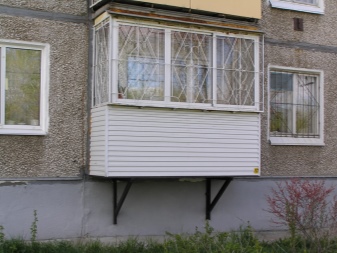
- On the console plate. The load-bearing slab made of reinforced concrete is, as it were, "pinched" between the upper and lower parts of the facade wall. This design can only be changed in brick houses. Modern buildings made of aerated concrete and ceramic blocks may not withstand the additional load, then the structure will collapse.
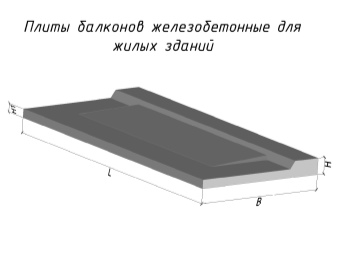
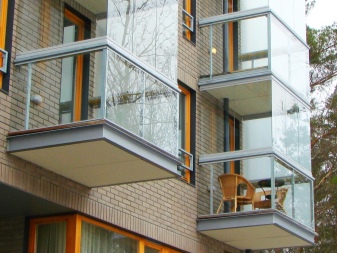
- On external supports... The balcony slab is supported from below by brackets or columns. This method is convenient in that it allows you to significantly increase the area of the balcony, however, there is a possibility that the foundation of the columns or the facade will begin to settle unevenly, which will lead to the curvature of the building. And the second drawback is that columns can be installed only at a height of 1-2 floors.

- Attached, attached, hinged.This is a modern type of balconies, which can be "attached" to an already finished building with the help of supports and front posts.
They often need free space at the bottom to accommodate mounts, consoles and stands.

- Balconies-loggias. Such balconies are half inside the room and half protrude beyond the edge of the facade wall. They can also be increased in several ways, but such projects are more difficult to coordinate and implement, since the reconstruction of a balcony-loggia can affect the load-bearing walls and is very different from the reconstruction of a full-fledged balcony or loggia.
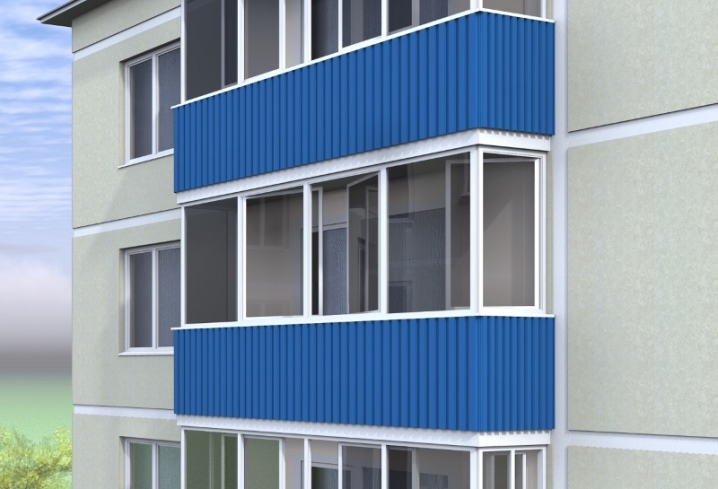
Allowable changes are determined by the capabilities of a particular type of balcony and its location above the foundation level. It is equally important to assess the current technical condition of the room and whether the slab can withstand the additional weight of the superstructure.
You can build them up in several ways: along the window sill and along the base of the slab.
Sill extension
Expansion according to the "Klondike" technology, is carried out during the glazing of the balcony with an extension. This method requires less time and money and can be carried out without legal changes. Its essence lies in the fact that metal profiles (structures of channels and corners) are welded to the existing railing, on which a remote window sill with a width of 10 to 35 cm is placed.
At the same time, the floor area remains the same, but visually the volume of space increases, and space is freed up on the functional window sill and above it.
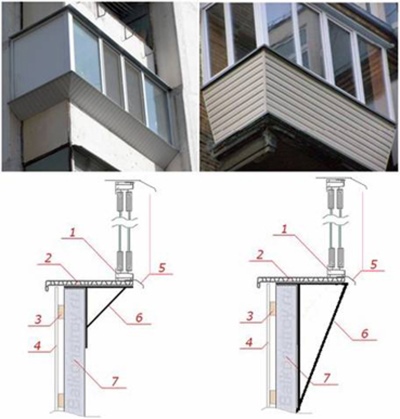
You can use the window sill at your discretion, it is strong and reliable enough and will withstand any manipulations.The weight of the one-piece structure depends on the type of materials used for the glazing. If it is a PVC frame and double-glazed windows, the method is suitable only for a balcony in perfect technical condition. Even a balcony in a house of an old foundation can be glazed with an aluminum profile.
Such a frame does not have a large dead weight and does not carry the risk of collapse.

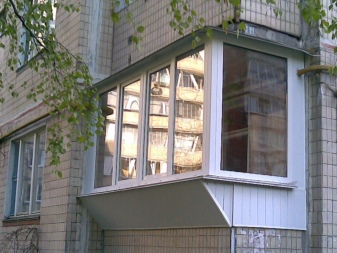
Since the aluminum and duralumin profiles belong to the cold type of glazing (that is, they maintain a slight difference with the subzero temperature outside), the balcony is used as a seasonal room. In summer, it can be used as a place for family tea parties, a sports field or a sleeping place for guests, and in winter it will be ideal for storing conservation and breeding plants.

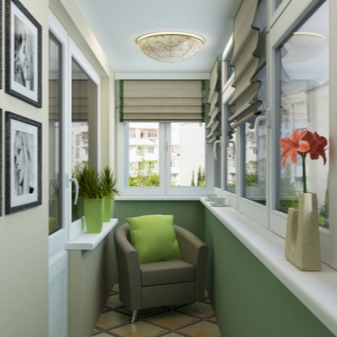
Expansion at the base of the slab
More time consuming and expensive process, in most cases requiring legal solutions.
There are three options:
- Butterfly technology... It assumes an increase in the area due to the installation of double-glazed windows on the sides of the balcony at an angle of 45 degrees. The useful area practically does not increase, but more light begins to penetrate into the apartment, and the window sill can be extended to the left and right. Expansion is possible on one or both sides, but the symmetrical version is more aesthetic.
The one-sided extension is suitable for corner balconies.
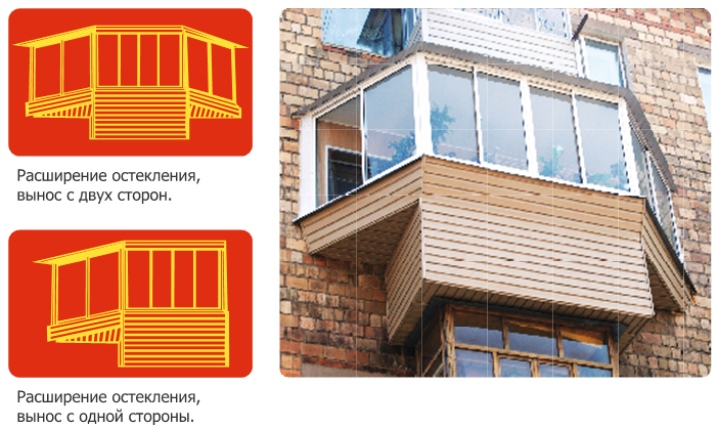
- Takeout technology... The best option for increasing the real area of the balcony by a third. Installation of outriggers is possible both along the widest side of the parapet, and along all three.

- Combined technology... The combination of "Butterfly" and "Carrying out" looks beautiful and gives a big increase to the area. In this case, the widest part of the slab is increased by a third, and oblique windows are installed on the sides, forming a trapezoid.
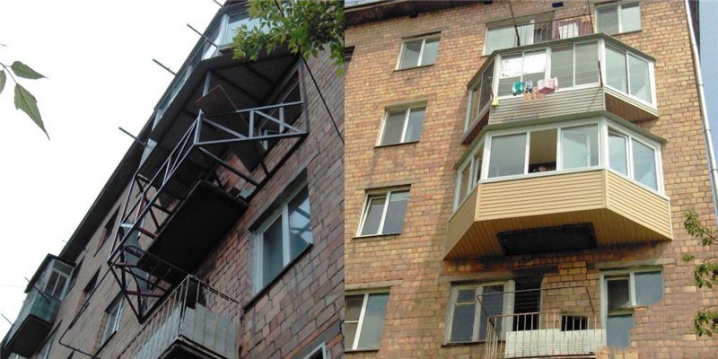
The expansion process at the base of the slab consists of the following stages:
- Balcony cleaning. First of all, you need to free up the working space in order to adequately assess the technical condition of the balcony, take out things, eliminate defects that were made during the construction of the house.
- If the repair is carried out without the involvement of specialists, safety measures must be provided before starting work;
- Dismantling of glazing and parapet, if any;
- Expansion of the base according to the selected method. At the same stage, a visor is installed for the balconies on the last floor;
- Installation of a handrail;
- Frame installation;
- Glazing of the balcony;
- Finishing work on the inside and outside of the balcony;
- Construction waste cleaning.


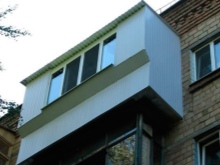
In general, the process of expanding the balcony is not difficult. Its main stages can be seen in the following video:
Can you zoom in without permission?
Changing the layout is a delicate matter. It requires a serious approach and study of the legal side of the issue. Doubts often arise, is it possible to increase the area of the balcony without permission from the relevant authorities? The answer to this question depends on how drastic changes are planned. For example, to expand the space by 30cm or less, such permission is not required, and all other changes are carried out strictly on legal grounds, since they are considered a redevelopment of the apartment.

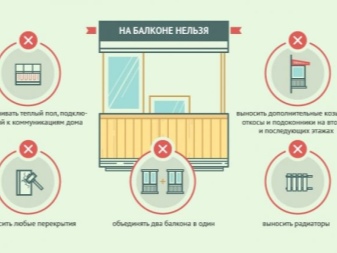
If there is no time and desire, you can limit yourself to a visual increase in space by three tens of centimeters, but this may not be profitable. Before starting to implement the idea, you should carefully weigh the possible costs in both cases and the possible benefits. It often turns out that the long-term procedure for registration of a reconstructed living space with the registration of all documents wins.
Paperwork
When the decision on redevelopment has been made, it becomes necessary to prepare a package of documents that will allow you to receive administrative approval for repairs.
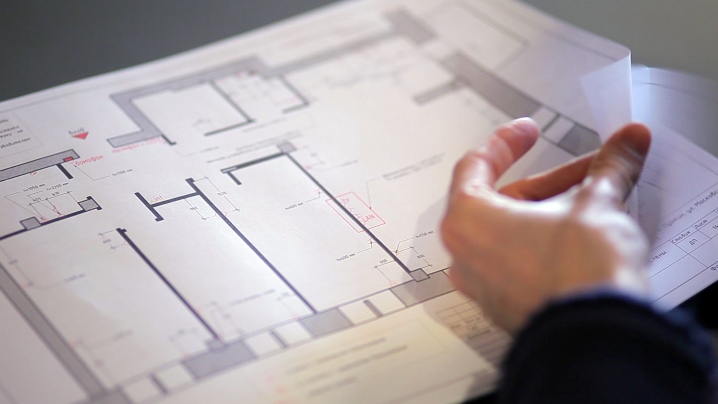
How does this happen?
- First of all, it is necessary to declare to the city department of architecture about your desire to carry out major repairs. To do this, you need to file an application for permission to develop a redevelopment project according to the established model and submit it to a special commission for consideration. The commission will make a decision within 30 to 90 working days. This scheme is valid for apartments located on the 2nd floor and above. For property on the ground floor level, in which the redevelopment implies the construction of the foundation, the project will need to be coordinated with the organizations that manage the land plot under the residential building.
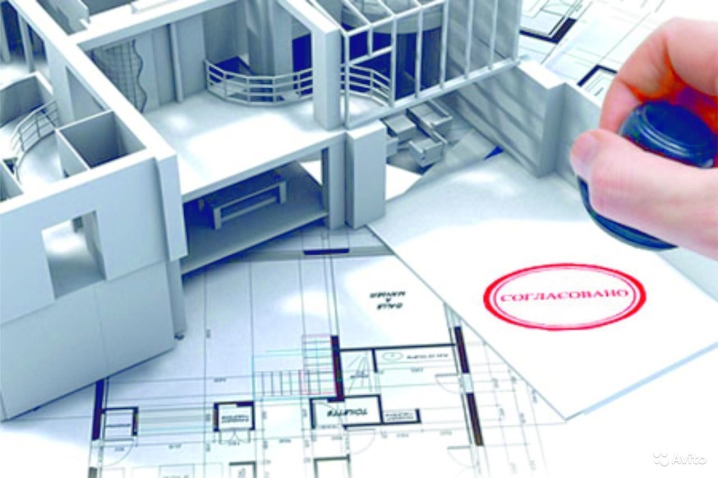
- When an affirmative answer is received and confirmed by written permission, it is the turn of the next stage.... It implies contacting a design organization specializing in the development of projects to change the layout of residential premises.
A project that meets all GOST requirements will be ready within a month.
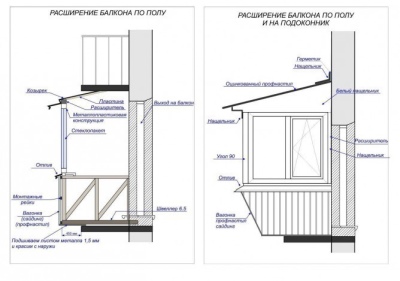
- The finished project must be agreed with the fire organization, sanitary and epidemiological service, the Ministry of Emergencies. If it is approved by all authorities, the owner of the apartment will be issued a warrant for the start of repair and construction work.

- The work is carried out in strict accordance with the plan. Any deviation from it will require the issuance of a technical opinion on admissibility and safety and a new design review, which will take several months and may not be approved. When the redevelopment is completed, a special commission is invited, consisting of employees of the city council, members of the communal service, representatives of the design organization who took part in the development of the project.
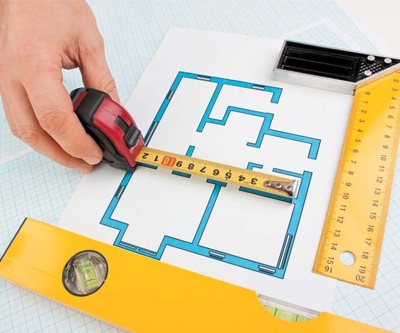
After that, the BTI fixes the new layout and footage in the documents for real estate. Changes to the footage are made in the apartment plan. If you skip this stage, it will be quite problematic to sell the property after redevelopment.
What happens if you start redeveloping without permission?
The law and the Housing Code contain rules governing the construction of illegal buildings. As a rule, these changes are discovered either when trying to sell real estate, or when the administration receives complaints from neighbors who are somehow hindered by redevelopment.
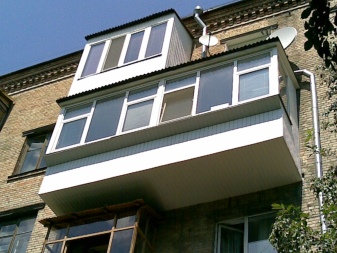

The lesser of two evils will be the need to legitimize change. This is a long-term process for a period from 3 months to six months, during which property owners risk getting more than one fine and pretty bad nerves.
In the worst case scenario, the building will have to be dismantled, returning the balcony to its original appearance. At the same time, dismantling can cost several times more expensive than the repair itself.
The final list consists of the following items:
- A statement from the owner of the real estate with an indication of the planned work and the procedure for their implementation;
- Documents confirming that the property is owned (must be certified by a notary office);
- Also, a certified consent of the adult owners of real estate and persons permanently residing in it;
- Redevelopment project with a copy of the license of the organization that carried out its development;
- Conclusion on satisfactory technical condition, supported by the license of the organization that approved the changes;
- A number of documents from the BTI, including a floor plan of a residential building and explanations for the architectural project. If planning changes have already been made earlier, they should also be reflected in the certificates;
- Certificates from authorized organizations: APU, SES, Ministry of Emergency Situations, DEZ, HOA, State Expertise.

We create a project
In the process of creation, it is important to take into account that any change in the appearance of a residential building is a reconstruction, which is carried out in order to improve living conditions. Most of the changes made to the configuration of a dwelling and its architectural appearance must be agreed upon and must be approved in all instances.

There is a risk that the major changes will not be approved, so some details need to be taken into account:
- The more complex changes are conceived, the more difficulties will arise with their coordination;
- Balcony reconstruction should not be reflected in adjacent rooms. If the building leads to the appearance of cracks on the walls of the apartment from the lower floor, it will have to be dismantled. If the slab that protrudes too much after expansion prevents light from entering the adjacent balcony, it will have to be dismantled. The fate of the balconies is also quite obvious, which in some way interferes with the tenants from the neighboring apartments;
- To approve a simple layout, a sketch reflected in the BTI floor plan is enough, and a complex one requires a whole project;
- Complete dismantling of bearing and supporting elements is prohibited;
- It is forbidden to insulate the balcony by installing a radiator or other heating devices on walls adjacent to neighbors;
- It doesn't make sense to build a renovation plan for a building that is waiting to be demolished in the next three years;
- A project that will negatively affect the appearance of the facade or violate fire safety will not receive approval;
- It is almost impossible to get the go-ahead to renovate a balcony in a building that is considered a historical monument;
- The redevelopment project, which was drawn up in a design organization (PO), carrying out licensed activities, has legal force. Otherwise, it cannot be accepted for consideration and agreed;
- By the beginning of the planning work, the software is obliged to provide the owner of the property with a written opinion on the current operational state of the balcony;
- In case of violation of the integrity of the bearing and supporting elements, agreement with the author of the project of a residential building (scientific research institute of municipal significance) is required;
- The duration and budget of the approval is determined by the nature of the changes, the footage of the room, the height of the floor, and other factors.
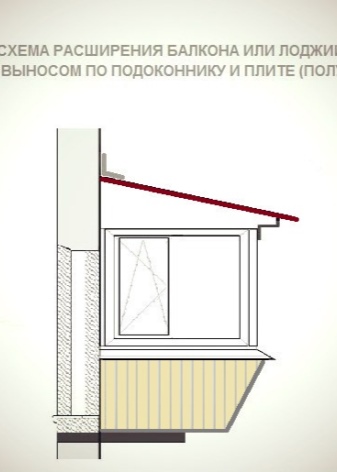
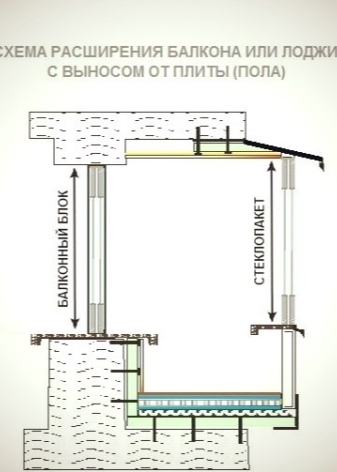
Diy expansion work procedure
Increasing the area of the balcony without the involvement of specialists is a difficult undertaking, but feasible. To complete it, you need: the ability to work with a welding machine, knowledge of the basic properties of materials (in particular, the strength and characteristics of metal structures), knowledge of the basics of safety to perform work at a level above the first floor.
All work is carried out with at least one partner, with strict adherence to safety precautions.
In any case, you should start with a project. Whatever the changes - a wide window sill for flower pots or the transformation of a balcony into a living room, they must be carried out legally. If there is no time and desire to hammer the thresholds of housing and communal and administrative organizations, you can limit yourself to increasing the balcony area by 30 cm.
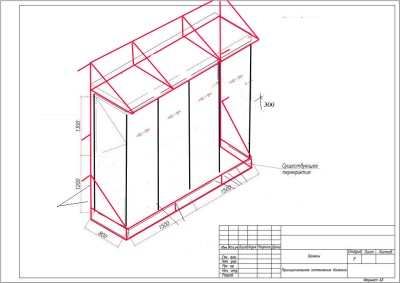
Next comes the turn of standard procedures for preparing a balcony for redevelopment. It all starts with basic cleaning, and ends with the dismantling of the old parapet.
The parapet is cut almost completely. You can leave 30-40 centimeters of the length of the bearing racks, which are needed to weld the new frame. Then a rectangular frame is fixed on the wall of the building facade - a new supporting structure of the balcony.
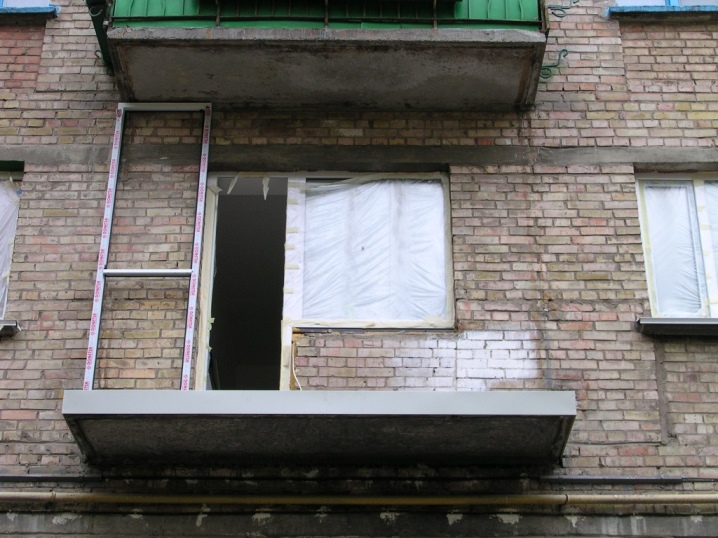
First of all, the upper and lower metal pipes are installed parallel to each other. They lay the length of the extended floor. Most often, in order to avoid difficulties in coordinating the project, the stem length does not exceed half a meter.
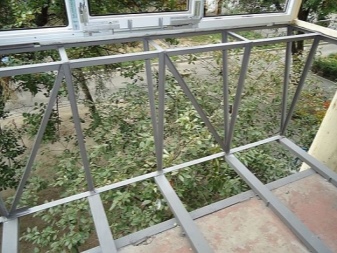

The next step is to install vertical pipes. They are mounted in the crossbars in the same way as the first two and are secured with anchor bolts. Then the metal frame is welded at the four corners. The result is a one-piece, monolithic, reliable structure that provides the frame for the new balcony.

The hinged balcony itself can already be mounted on the frame. The procedure begins with the formation of the lower lathing, that is, the floor is built first.It is formed by profiled pipes, which are laid perpendicular to the vertical of the building facade and welded to the frame.
The final touch in this block of work is the installation of the facade pipe.
At the conventionally designated second stage, work is performed in the vertical plane. A pair of vertical posts is installed and welded, on which the contour of the ceiling frame will subsequently lie. When it is welded, the whole structure should resemble a parallelepiped mounted in a wall. It is held in place by strong anchor bolts and a safety bar located diagonally at the bottom.
The hardest part is over. At the final stage, the horizontal beams of the new parapet are installed, which will hold the windows while glazing. In the intervals between the crossbeams, vertical guides must be welded, necessary for attaching the cladding from the inside and outside, and insulation. The distance between the guides is 50-100cm.

When the facade of the new balcony is equipped, it is the turn of another laborious procedure - balcony glazing. What it will be (cold or warm) and from what materials (aluminum, wood, PVC) depends on the type and weight of the superstructure. If it is massive in itself, you should not increase the load on the supporting beams and the slab, limiting yourself to an aluminum profile. If the operating condition allows the use of heavier materials that give "warm" glazing, you can stop at a PVC frame with double-glazed windows of different thicknesses, installed at different distances.
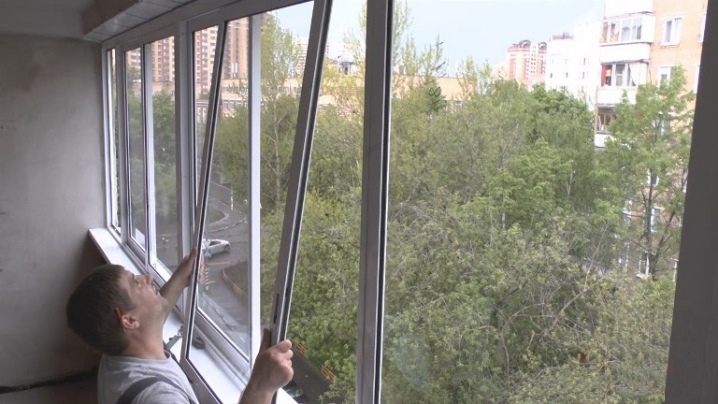
This option is the most aesthetic and allows you to keep the warmth in the room to the maximum during the cold season.

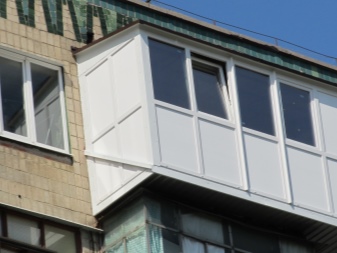
Expansion of the apartment at the expense of the balcony in the "Khrushchev"
Reconstruction of the premises of the old fund deserves special attention. Small-sized "Khrushchevs" were built in the sixties of the last century, so some of them belong to housing, which is not reliable. Incorrect calculations and poor-quality performance can lead to serious consequences, therefore, professionals should carry out work on expanding the area of the balcony in an old house from and to.
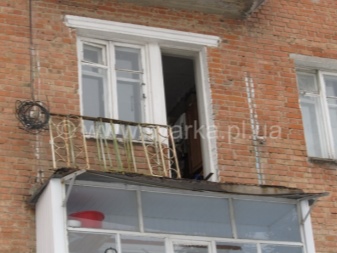
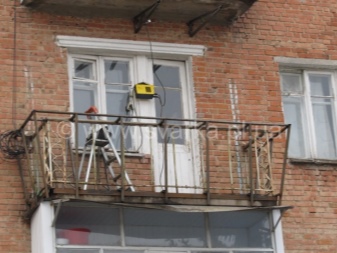
If permission for redevelopment has been received, the expansion of the balcony occurs in the same stages as in the new building: dismantling of the old parapet, installation of the outrigger frame, insulation, glazing, interior and exterior decoration of the balcony.
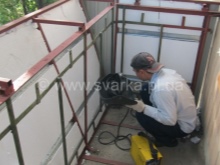

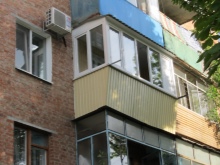













The comment was sent successfully.